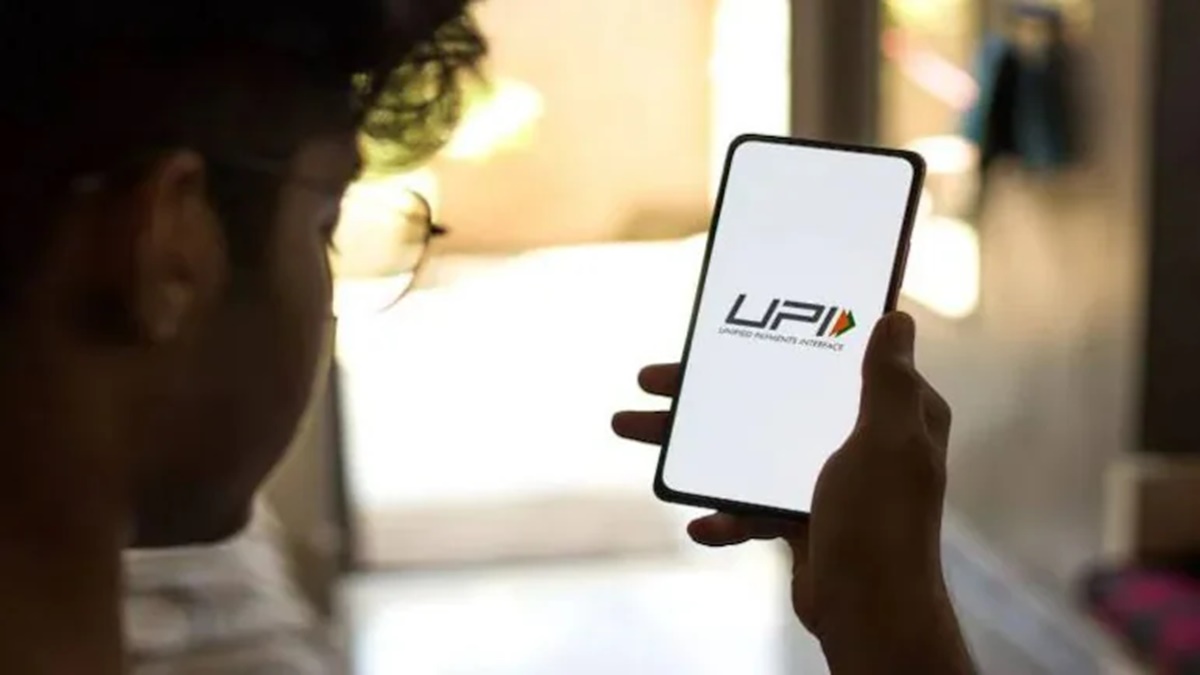Keep UPI Free, Keep It Fair: Why Digital Payments Must Stay Inclusive
Introduction
Unified Payments Interface (UPI) has revolutionized the digital payments landscape in India. What began as a government-backed initiative to promote cashless transactions has now become a foundational pillar of everyday commerce—used for everything from street vendors to high-value business transfers. The sheer accessibility, zero-cost structure, and ease of use have made UPI one of the most inclusive fintech innovations in India’s history.
But recent discussions around the potential introduction of transaction fees or monetization mechanisms for UPI have raised alarms. Experts, industry players, and consumer advocates are urging policymakers to keep UPI free to ensure equitable digital growth.
Here’s why maintaining UPI’s free access is not just a fintech concern, but a social and economic imperative.
UPI: India’s Most Democratic Payment System
A Financial Equalizer
UPI’s zero-fee model has enabled millions—especially those from underserved or low-income segments—to adopt digital payments without worrying about charges. It’s helped bring financial services to the unbanked and underbanked.
Massive Adoption
According to recent reports, UPI processed over 13 billion transactions worth ₹18.23 lakh crore in March 2024 alone. Its user base cuts across geographies, age groups, and income levels.
Government’s Vision
UPI aligns with the government’s Digital India push, encouraging transparency, reducing black money, and boosting tax compliance through traceable transactions.

Why Monetizing UPI Could Hurt More Than Help
It Discourages Usage
Even a small transaction fee could deter daily users, especially those conducting micropayments or living paycheck to paycheck. The beauty of UPI lies in its frictionless, cost-free utility.
Stifles MSMEs & Informal Sector
Small businesses, vendors, and gig economy workers rely on UPI’s fee-free nature to keep costs low and encourage digital transactions. Monetization could reverse progress in formalizing these sectors.
Risk of Digital Divide
Introducing charges might widen the digital divide, creating a tiered payment system where only affluent users can afford convenience.
Can UPI Stay Free & Still Be Sustainable?
Explore Alternative Revenue Models
Instead of charging users, platforms can monetize through value-added services, data analytics (with consent), merchant solutions, and partnerships.
Government Support
Continued policy backing, financial incentives, and public-private partnerships can help offset operational costs for banks and payment service providers.
Innovation-Led Cost Efficiency
Fintech players can use AI, automation, and cloud infrastructure to reduce the cost of servicing UPI at scale.
Conclusion: Protecting UPI’s Spirit of Inclusion
UPI is more than a technology—it’s a public good that has transformed India’s payment culture. Keeping it free preserves its foundational values of accessibility, inclusion, and financial empowerment.
India has a unique opportunity to lead the world in showing how digital infrastructure can drive inclusive growth. To do that, we must ensure UPI remains free, fair, and future-ready.
Dont Miss Out:
Tesla Drops New Cybertruck Variant at $69,990—Full Specs Inside!
Discover more from The CutShort News
Subscribe to get the latest posts sent to your email.
